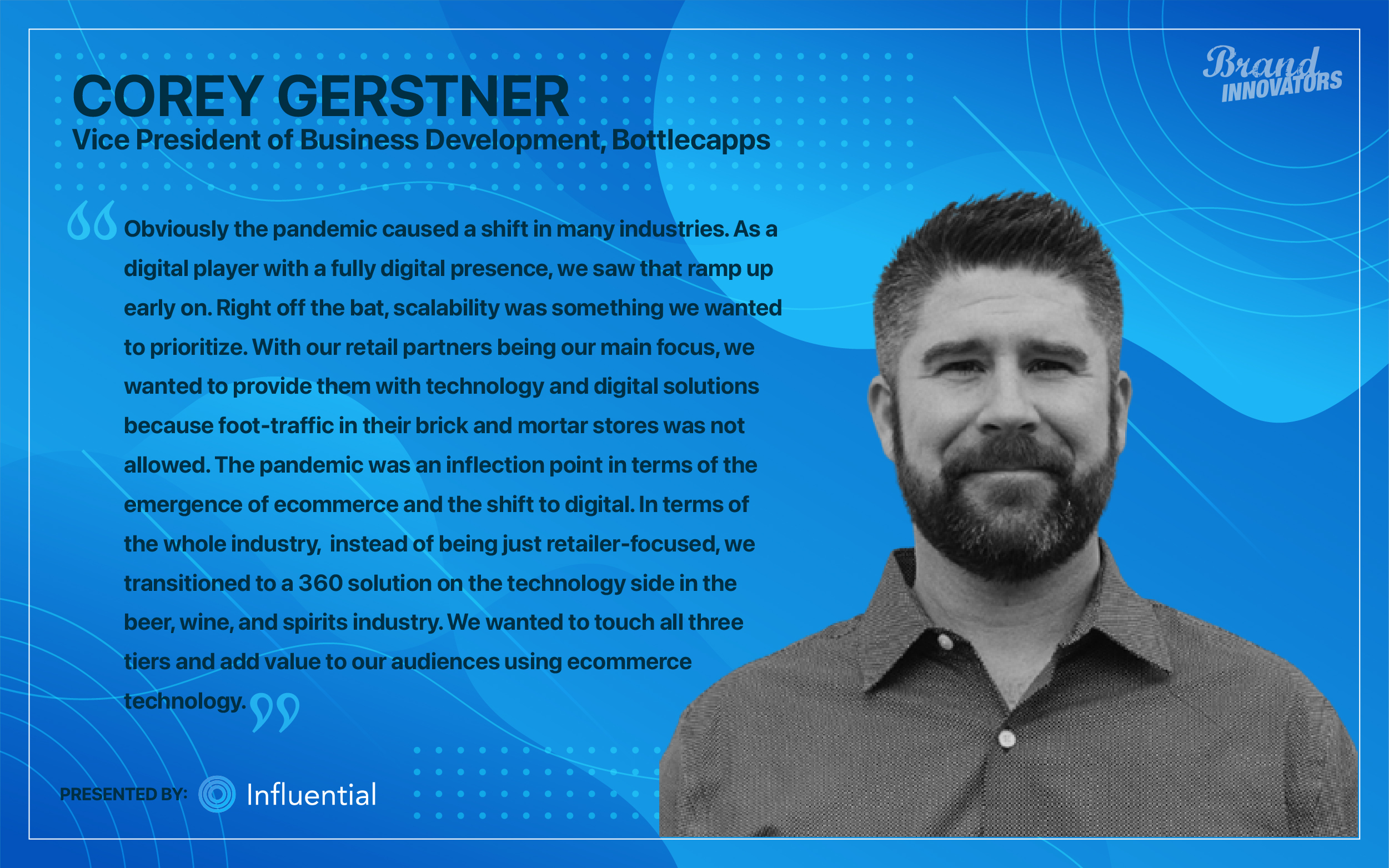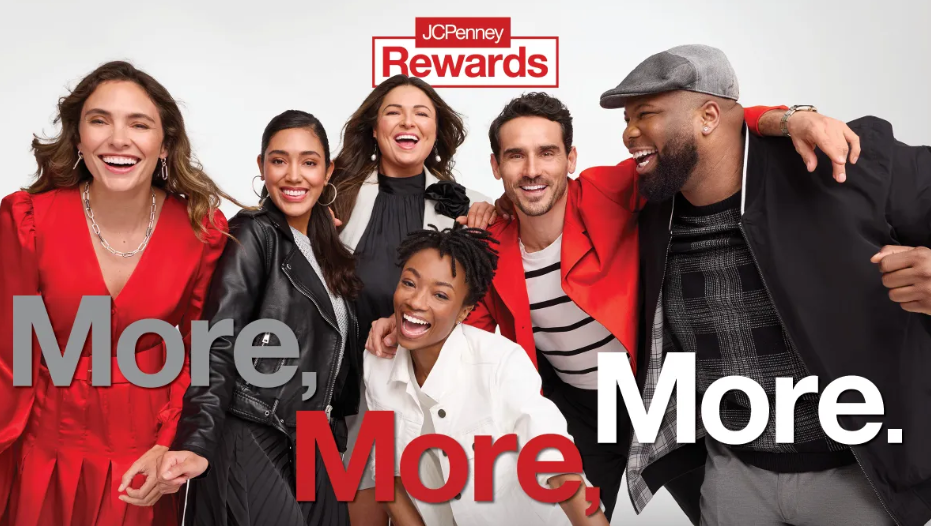The pandemic put the pressure on for many DTC brands, whose digital-first presence required being able to scale quickly to consumer demand.
Executives from leading DTCs addressed how they survived the pandemic and where marketing is going over the next year at Brand Innovators’ recent DTC Marketing event on May 25th.
“Obviously the pandemic caused a shift in many industries,” said Corey Gerstner, Vice President of Business Development at Bottlecapps. “As a digital player with a fully digital presence, we saw that ramp up early on. Right off the bat, scalability was something we wanted to prioritize. With our retail partners being our main focus, we wanted to provide them with technology and digital solutions because foot-traffic in their brick and mortar stores was not allowed. The pandemic was an inflection point in terms of the emergence of ecommerce and the shift to digital. In terms of the whole industry, instead of being just retailer-focused, we transitioned to a 360 solution on the technology side in the beer, wine, and spirits industry. We wanted to touch all three tiers and add value to our audiences using ecommerce technology.”
Companies also had to shift how they ran their business and adapt to the remote workplace.
“From a management perspective, we needed to shift the focus on evaluating performance, and not facetime,” said Cameron Koslow, Marketing Director at Empire Today. “Everyone’s at home, everyone can do their thing. People have always talked in management to “focus on performance on facetime”, and that’s a very hard thing to do. COVID made leaders look at their people in a way and instill a level of trust in their team that things were going to get done. Even though you don’t see this person in the office working, you know they’re working. At the end of the day, the deadlines are getting met. Over the first few months, everyone saw COVID as an opportunity to prove themselves. From my perspective, people really hit it out of the park.”
Jennifer Reilly, Associate Director, Brand Engagement at The Clorox Company said that collaboration helped the teams adjust to the new era.
“Clorox is a heavy, heavy meeting culture environment,” said Reilly. “Pre-pandemic days were just staked meetings. I work in a highly collaborative role that’s creative, and we do a lot of offsites and brainstorms. It was an adjustment not just for the people I manage but for me as well – to figure out how to continue to facilitate a brainstorm and a creative type of output on a screen-share. It’s pushed us to rapidly change the ways of working and the technology that we use to help enable that. The other side of the coin wasn’t just about ways of working. The future of work is not about returning to the way things were; it’s building a new normal.”
As consumer behavior has been shifting, so too has marketing among DTC players.
“Originally, we had really focused on paid social and paid search,” said Jolene Abbott, SVP, Head of Global Marketing & Ecommerce at Ember Technologies, Inc. “But it’s also important for brands to test and explore other avenues of marketing. You want to diversify your marketing efforts and not put all your eggs in one basket. We started testing direct-mail and the results were fantastic. As a technology focused brand, it was not on our radar. Especially now with the sophistication of direct-mail partners, you have the opportunity to create a beautiful, branded piece of collateral. That content is coupled with the sophistication of data and customer segmentation. That was pretty surprising for us, and we will continue to lean in more into our direct-mail marketing efforts.”
Ben De Castro, VP of Marketing at Eargo said that brand awareness is key and that getting people to know your brand is half of the battle.
“In a DTC company, where it operates differently, it is difficult,” said De Castro. You’re given a marketing budget but where is the money to promote brand awareness? You could do brand awareness and acquisition at the same time but it takes a lot longer to achieve that brand awareness. For me, that magical place where things start to really turn for a company is around 30%, after that, you become a quasi household name. For DTC, it’s how fast you can get to that aided awareness – which is key to your success. Another piece of that success is understanding your customer – who they are, how they consume media, what media they consume, and how to talk to them properly in the language that they understand.”
Audience is also key for hair wellness brand Vegamour.
“We’re able to hone in on the audiences that perform well and we’ve developed a test and learn process that allows us to continue testing different content and funnels – adding to the landing pages to make sure we’re speaking different messaging,” said Carolyn Li, Chief Operating Officer at Vegamour. “Hair is really personal for women but it’s not all the same. Some people want to grow their hair to be long and full and some are experiencing hair loss. There are different, and very individual goals and we want to make sure we are speaking to those and not just the wide audience.”




